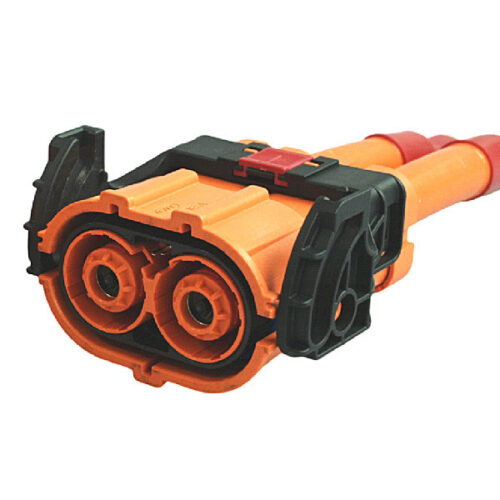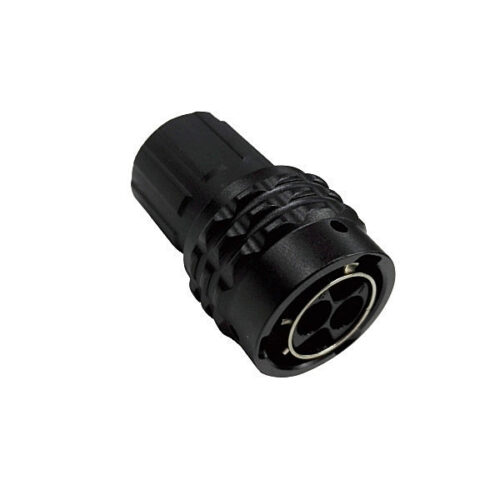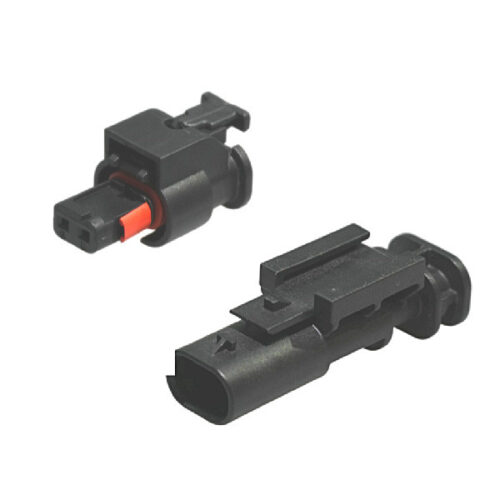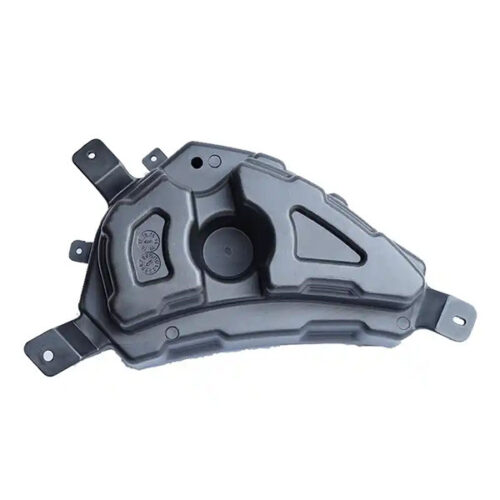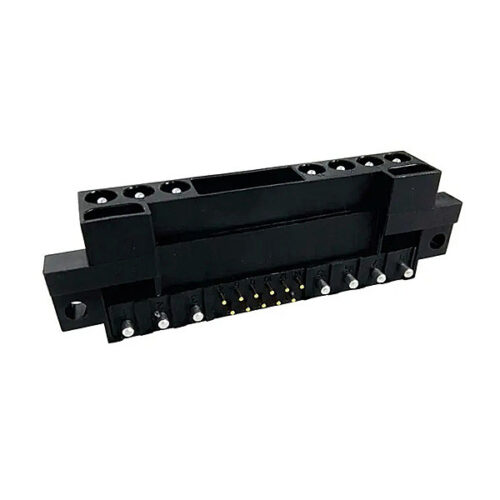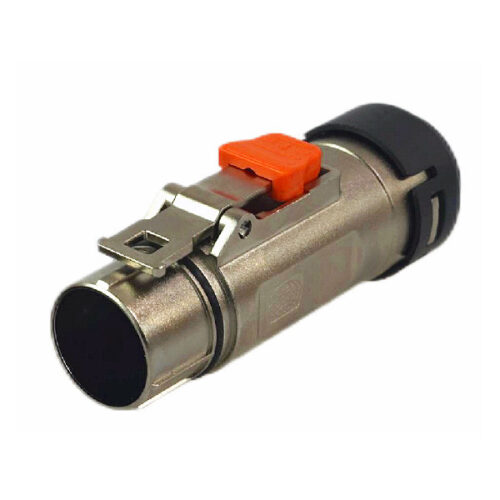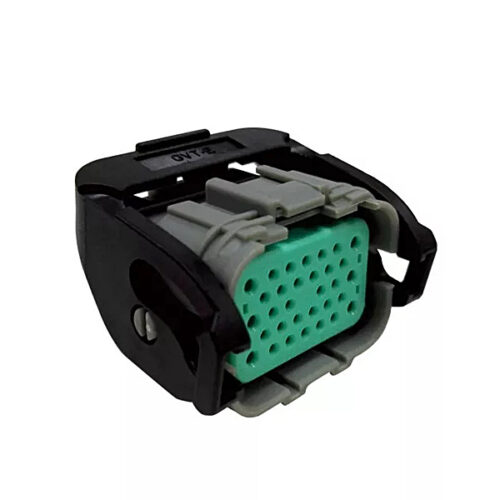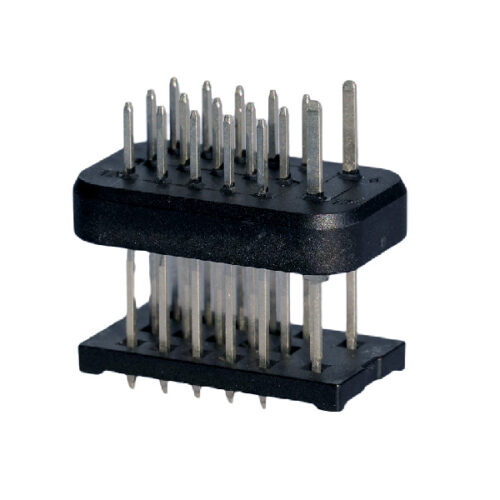Blogs & News
We are focus on automotive wiring harness & connectors technology.
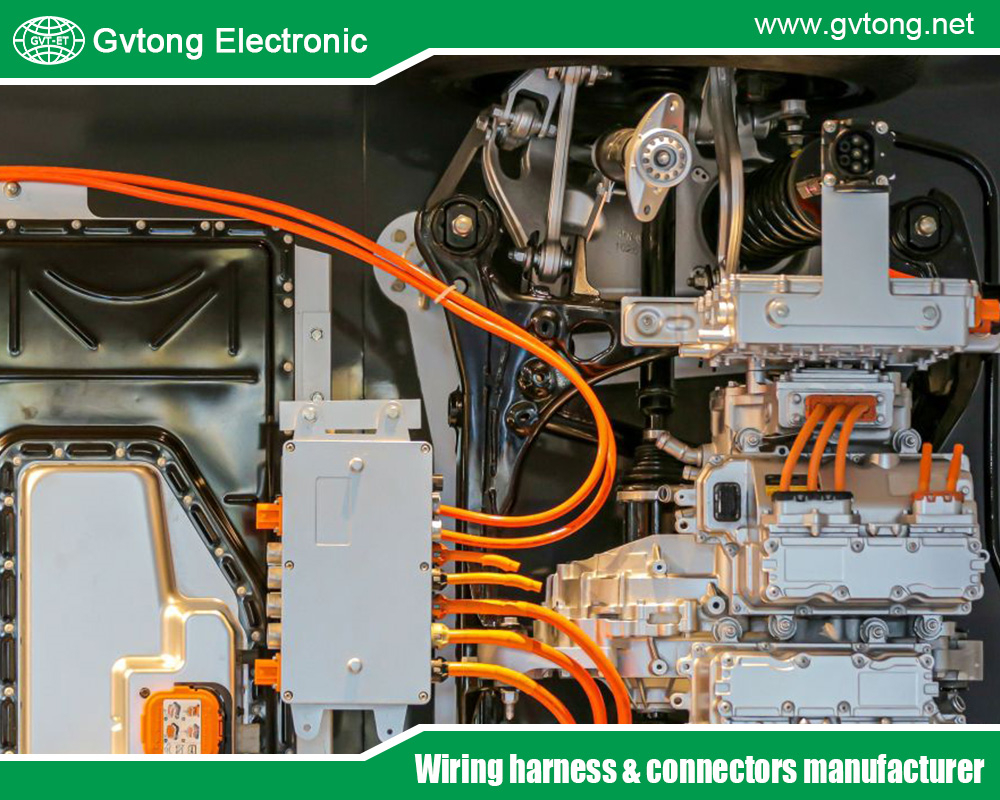
How to Ensure the Safety and Reliability of Automotive Connectors
- Gvtong Electronic
- ADAS sensor connectors, Anti-vibration automotive connectors, Automated assembly connectors Cost-effective automotive connectors, Automated assembly connectors Cost-effective automotive connectorsMulti-variation connectors, automotive connectors, automotive connectors and terminals, automotive connectors factory, automotive connectors hotsale, automotive connectors manufacturer, automotive connectors supplier, Automotive shielded connectors, automotive waterproof connectors, Battery management system (BMS) connectors, Blind-mate automotive connectors, Common Types of Automotive Connectors, Cost-effective automotive connectors, Custom Low Voltage Vehicle Automotive Connectors, EV charging connectors, Fuel cell connectors Quick-fit automotive connectors, Halogen-free automotive connectors, High-speed data connectors, High-temperature resistant connectors, High-Voltage Automotive Connectors India, Lightweight automotive connectors, Low-contact resistance connectors, Modular automotive connectors, Oil-resistant automotive connectors, Pre-charge/discharge connectors
- No Comments
How to Ensure the Safety and Reliability of Automotive Connectors
Automotive connectors are the unsung heroes of modern vehicles, serving as critical components that enable electrical and electronic systems to communicate seamlessly. From powering advanced driver-assistance systems (ADAS) to ensuring the reliability of infotainment and engine control units, connectors are integral to vehicle performance, safety, and efficiency. However, the harsh operating conditions of automotive environments—extreme temperatures, vibrations, moisture, and chemical exposure—pose significant challenges to connector reliability. Ensuring the safety and reliability of automotive connectors is paramount to preventing system failures, enhancing vehicle longevity, and safeguarding passengers.
This article explores the key strategies for ensuring the safety and reliability of automotive connectors. We will cover design considerations, material selection, testing protocols, manufacturing best practices, and emerging trends in connector technology. By implementing these strategies, manufacturers and engineers can build robust connectors that withstand the demands of modern vehicles.
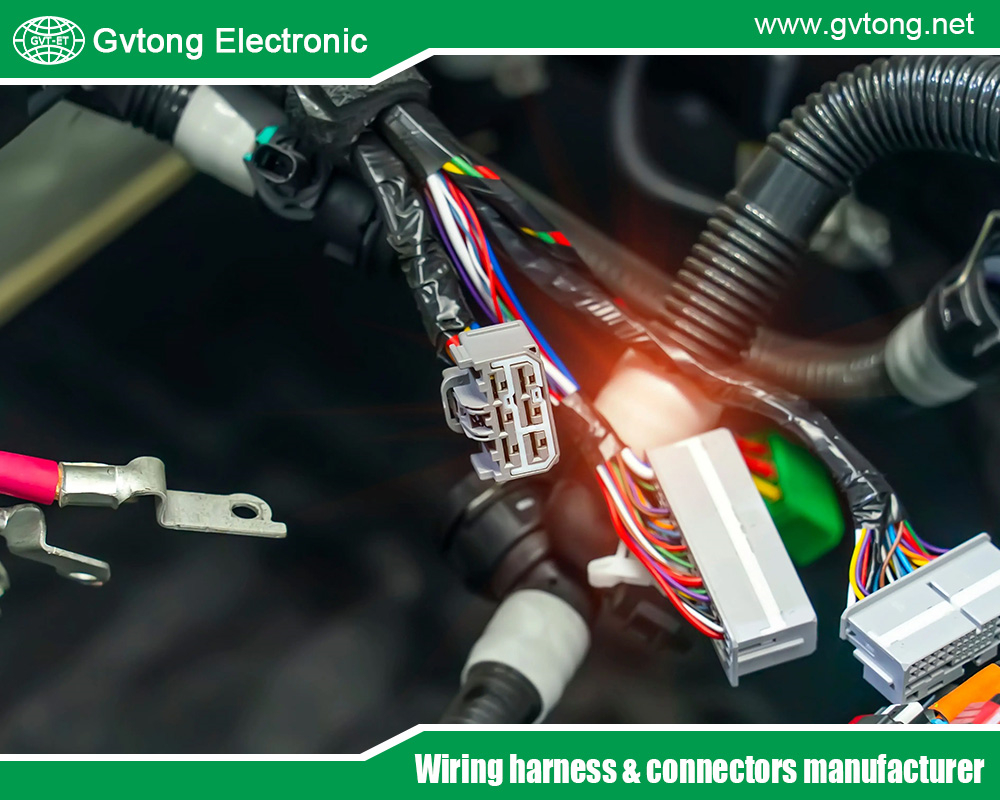
Understanding Automotive Connectors
Automotive connectors are electromechanical devices that join electrical circuits to enable the flow of power, signals, or data. They are used in various vehicle systems, including powertrains, lighting, sensors, and communication networks. Connectors must maintain secure, low-resistance connections while enduring environmental stressors such as heat, vibration, and corrosion.
The safety and reliability of connectors directly impact vehicle performance. A faulty connector can lead to intermittent signals, power loss, or complete system failure, compromising critical functions like braking or airbag deployment. To ensure safety, connectors must meet stringent industry standards, such as ISO 16750, SAE J1455, and USCAR specifications, which define requirements for electrical, mechanical, and environmental performance.
Key Strategies for Ensuring Safety and Reliability
- Robust Design and Engineering
The foundation of a reliable automotive connector lies in its design. Engineers must consider the following factors:
- Compact and Ergonomic Design: Modern vehicles demand compact connectors to fit into tight spaces without sacrificing performance. Designers must balance size constraints with the need for secure mating and unmating forces. Ergonomic features, such as easy-grip surfaces, reduce assembly errors during manufacturing and maintenance.
- Sealing and Protection: Connectors are exposed to moisture, dust, and chemicals in automotive environments. Incorporating seals, such as rubber gaskets or O-rings, ensures ingress protection (IP) ratings like IP67 or IP69K, which prevent water and dust intrusion. For high-voltage applications, such as electric vehicles (EVs), designs must include robust insulation to prevent arcing or short circuits.
- Locking Mechanisms: Secure locking mechanisms, such as snap-fit or screw-lock designs, prevent unintentional disconnection due to vibration or shock. Positive locking systems with audible or tactile feedback enhance reliability during assembly.
- Contact Retention: The connector’s terminals must maintain consistent contact pressure to ensure low electrical resistance. Designs with high-retention-force contacts, such as spring-loaded or crimped terminals, reduce the risk of signal loss or intermittent connections.
- Material Selection
The choice of materials significantly impacts connector durability and performance. Key considerations include:
- Conductive Materials: Connector terminals are typically made from copper alloys, such as brass or phosphor bronze, due to their excellent conductivity and corrosion resistance. Gold or tin plating enhances contact reliability by reducing oxidation and wear.
- Housing Materials: Connector housings are commonly made from high-performance thermoplastics, such as polyamide (PA) or polybutylene terephthalate (PBT). These materials offer high strength, heat resistance, and chemical stability. For extreme conditions, advanced polymers like polyphenylene sulfide (PPS) provide superior thermal and mechanical properties.
- Sealing Materials: Silicone or fluorosilicone seals are ideal for maintaining flexibility and sealing performance across a wide temperature range. These materials resist degradation from automotive fluids like oil, coolant, and fuel.
- Environmental Considerations: Materials must be selected to withstand temperature extremes (e.g., -40°C to 125°C), UV exposure, and chemical exposure. For EVs, connectors must also handle high currents and voltages without overheating or degrading.
- Rigorous Testing and Validation
Comprehensive testing is critical to ensuring connector reliability under real-world conditions. Automotive connectors must undergo a battery of tests to meet industry standards and customer requirements:
- Environmental Testing: Connectors are subjected to thermal cycling, humidity exposure, salt spray, and dust ingress tests to simulate harsh environments. For example, thermal shock tests cycle connectors between extreme temperatures to verify material stability.
- Mechanical Testing: Vibration, shock, and drop tests assess the connector’s ability to withstand physical stresses. Tests like SAE J2030 evaluate connector durability under high-vibration conditions, such as those experienced in heavy-duty vehicles.
- Electrical Testing: Continuity, insulation resistance, and dielectric withstand tests ensure connectors maintain reliable electrical performance. For high-voltage connectors, partial discharge testing verifies insulation integrity under high electric fields.
- Durability Testing: Connectors are subjected to repeated mating and unmating cycles to simulate their lifespan. For instance, connectors used in serviceable components must withstand 50–100 cycles without degradation.
- Accelerated Life Testing: Simulating years of use in a condensed timeframe helps identify potential failure modes, such as material fatigue or contact wear.
By adhering to standards like ISO 16750 and USCAR, manufacturers can validate connector performance and ensure compliance with automotive safety requirements.
- Manufacturing Best Practices
High-quality manufacturing processes are essential to producing reliable connectors. Key practices include:
- Precision Molding and Assembly: Connector housings and terminals require tight tolerances to ensure proper fit and function. Advanced molding techniques, such as injection molding with real-time monitoring, minimize defects like voids or flash.
- Crimping and Termination: Proper crimping ensures secure electrical connections between wires and terminals. Automated crimping machines with force monitoring reduce variability and prevent issues like over-crimping or loose connections.
- Quality Control: Implementing statistical process control (SPC) and automated inspection systems, such as vision systems, ensures consistent quality. X-ray inspection can detect internal defects in crimped or soldered connections.
- Traceability: Lot traceability and serialization allow manufacturers to track components through the supply chain, facilitating recalls or quality investigations if issues arise.
- Cleanroom Manufacturing: For high-reliability connectors used in ADAS or autonomous vehicles, cleanroom environments minimize contamination from dust or particles, which can compromise performance.
- Compliance with Industry Standards
Automotive connectors must comply with global standards to ensure safety and interoperability. Key standards include:
- ISO 16750: Defines environmental conditions and testing for electrical and electronic equipment in road vehicles.
- SAE J1455: Specifies environmental performance requirements for heavy-duty trucks and off-road vehicles.
- USCAR: Provides performance and testing specifications for automotive electrical connector systems.
- IEC 62196: Governs connectors for EV charging systems, ensuring compatibility and safety.
Compliance with these standards ensures connectors meet the rigorous demands of automotive applications and are compatible with global vehicle platforms.
- Addressing Emerging Challenges
The automotive industry is evolving rapidly, with trends like electrification, autonomous driving, and vehicle-to-everything (V2X) communication introducing new challenges for connectors:
- High-Voltage Connectors for EVs: Electric vehicles require connectors capable of handling high voltages (up to 800V) and currents (up to 400A). These connectors must incorporate advanced cooling systems, such as liquid-cooled designs, to manage heat generation.
- High-Speed Data Connectors: Autonomous vehicles rely on high-speed data transmission for sensors, cameras, and radar systems. Connectors supporting protocols like Automotive Ethernet or LVDS (Low-Voltage Differential Signaling) must maintain signal integrity at data rates exceeding 10 Gbps.
- Miniaturization: As vehicles incorporate more electronics, connectors must become smaller without compromising performance. Micro and nano connectors with high pin densities are increasingly common but require advanced materials and manufacturing techniques.
- Sustainability: Manufacturers are exploring eco-friendly materials, such as recycled plastics or bio-based polymers, to reduce the environmental impact of connectors. Lead-free soldering and halogen-free materials also align with regulations like RoHS (Restriction of Hazardous Substances).
- Maintenance and Field Reliability
Ensuring connector reliability extends beyond manufacturing to maintenance and field performance:
- Proper Installation: Technicians must follow manufacturer guidelines for connector installation, including torque specifications for screw-lock connectors and proper routing to avoid strain.
- Regular Inspections: Periodic inspections for corrosion, wear, or loose connections can prevent failures. Diagnostic tools, such as continuity testers, help identify issues early.
- Repairability: Connectors should be designed for easy replacement or repair, with modular designs that minimize downtime during service.
- Environmental Protection: In harsh environments, such as off-road or marine applications, additional protective measures like conformal coatings or secondary enclosures can enhance connector longevity.
Case Studies and Real-World Applications
To illustrate the importance of reliable connectors, consider the following examples:
- Electric Vehicle Charging Systems: High-voltage connectors used in EV charging stations must withstand frequent mating cycles, high currents, and exposure to outdoor conditions. A leading manufacturer implemented liquid-cooled connectors with IP69K sealing, resulting in a 30% increase in connector lifespan and improved charging efficiency.
- ADAS Sensor Networks: A luxury vehicle manufacturer faced intermittent signal issues in its radar-based ADAS system due to connector failures. By upgrading to connectors with gold-plated contacts and enhanced vibration resistance, the manufacturer reduced failure rates by 25% and improved system reliability.
- Heavy-Duty Trucks: In a fleet of commercial trucks, connector corrosion led to frequent lighting system failures. Switching to connectors with fluorosilicone seals and stainless-steel terminals eliminated corrosion issues, reducing maintenance costs by 15%.
These examples highlight the tangible benefits of prioritizing connector safety and reliability in automotive applications.
Future Trends in Automotive Connector Technology
The automotive industry is poised for continued innovation, and connector technology is evolving to keep pace:
- Smart Connectors: Connectors with embedded sensors can monitor parameters like temperature, vibration, or contact resistance, enabling predictive maintenance and reducing downtime.
- Wireless Connectivity: While wired connectors remain dominant, wireless technologies like near-field communication (NFC) or inductive coupling are being explored for low-power applications, reducing the need for physical connectors.
- Additive Manufacturing: 3D printing allows for rapid prototyping and customization of connectors, enabling faster development cycles and tailored solutions for niche applications.
- AI-Driven Design: Artificial intelligence is being used to optimize connector designs by simulating performance under various conditions, reducing the need for physical prototypes and accelerating time-to-market.
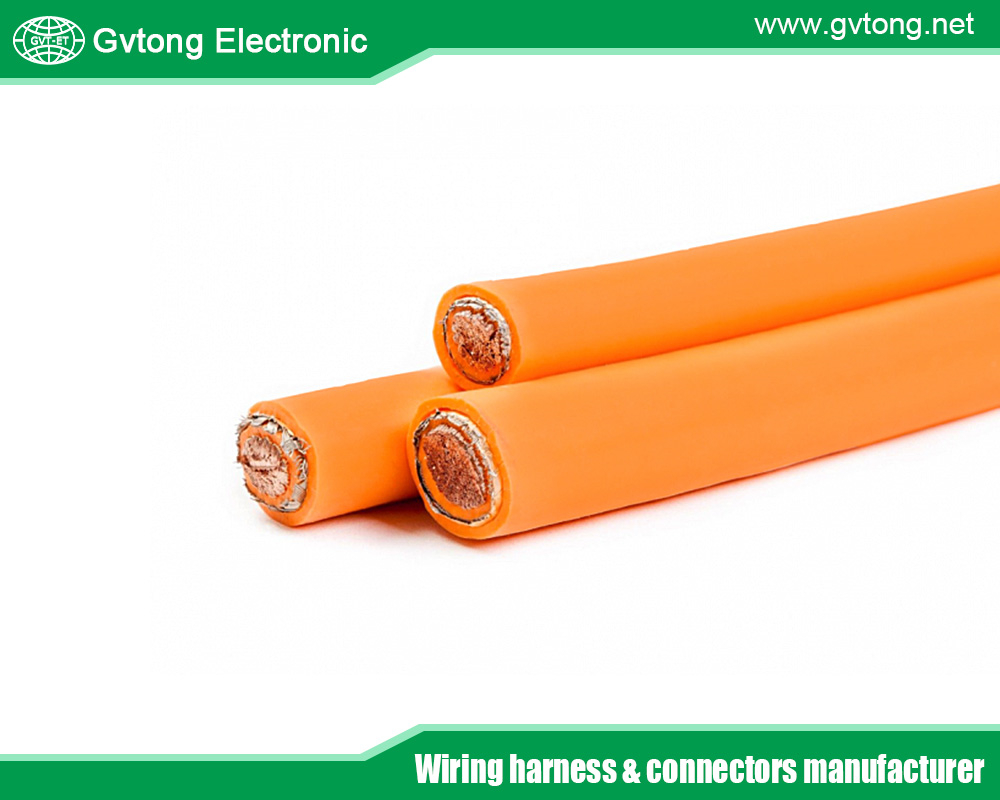
Conclusion
Ensuring the safety and reliability of automotive connectors is a multifaceted challenge that requires careful attention to design, materials, testing, manufacturing, and maintenance. By adopting robust engineering practices, selecting high-quality materials, conducting rigorous testing, and staying ahead of industry trends, manufacturers can produce connectors that meet the demanding requirements of modern vehicles. As the automotive industry continues to evolve with electrification, autonomy, and connectivity, the role of reliable connectors will only grow in importance. By prioritizing safety and reliability, engineers and manufacturers can contribute to safer, more efficient, and longer-lasting vehicles, ultimately enhancing the driving experience and protecting passengers.
For more about how to ensure the safety and reliability of automotive connectors, you can pay a visit to Gvtong at https://www.gvtong.net/ for more info.

